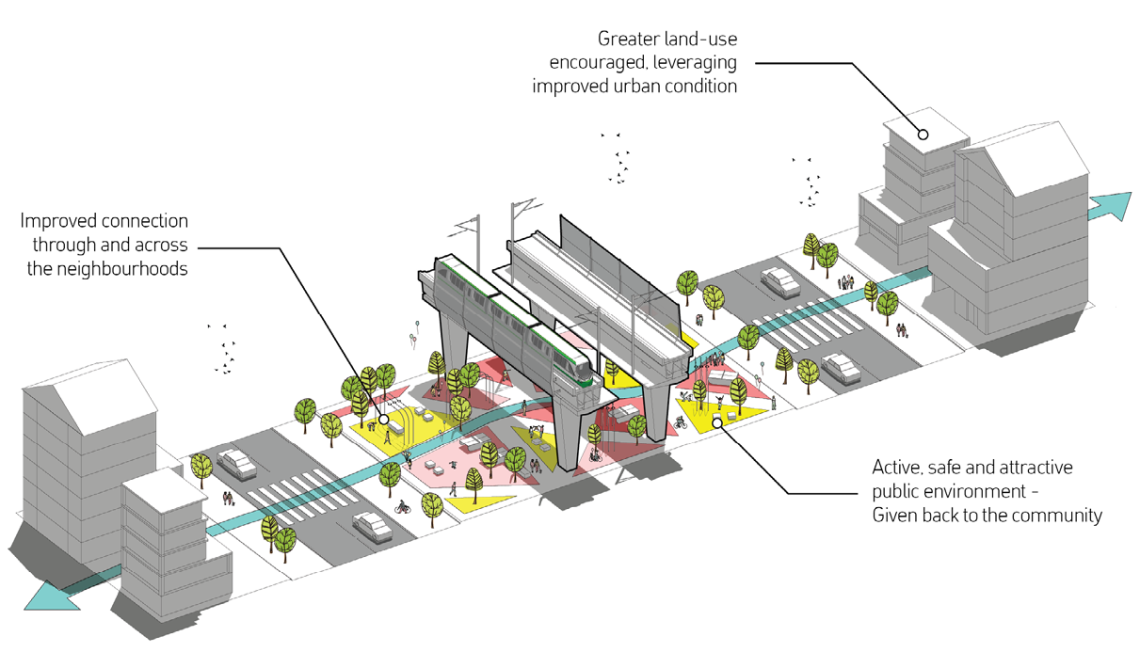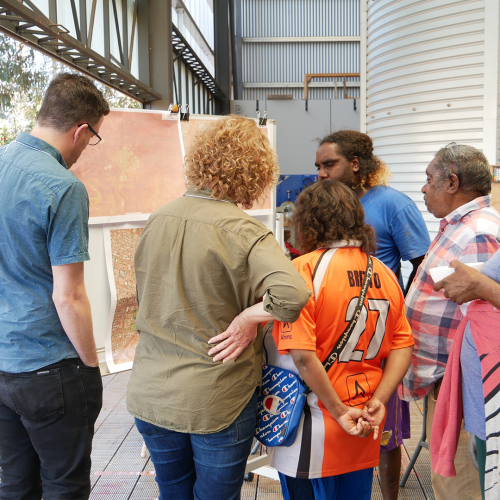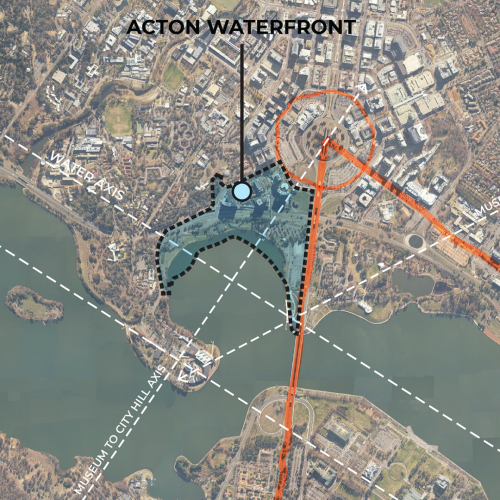METRONET Inner Armadale Place Plans
- Client:
- METRONET
- Location:
- Carlisle, Welshpool, Queens Park and Beckenham, Western Australia
- Features:
- + Urban Design Analysis
+ Place Plans for each station precinct
As Western Australia’s first inner city elevated rail project Hames Sharley, together with landscape architects UDLA and public art advisors Apparatus, were engaged to formulate a place and urban design framework for five station precincts that run through Perth’s inner suburbs of Carlisle, Oats Street, Welshpool, Queens Park and Beckenham.
This project set the conditions for a once-in-a-generation opportunity to revitalise existing neighbourhoods where public transport infrastructure is being upgraded. To help guide METRONET and the Public Transport Authority our Preliminary Place Plans set the vision and principles for delivery of each station and surrounding rail viaducts. This work provided practical recommendations and targets for detailed architecture and engineering phases of the project.

Our team recognised that quality infrastructure design is essential, that the viaducts, embankments, and station buildings proposed will not exist in isolation of the neighbourhoods they serve. The research and benchmarking undertaken by Hames Sharley demonstrated that the success of elevated rail (and surrounding urban development) would be directly linked to the quality of the design. We worked closely with METRONET and two Community Reference Groups to develop plans for the stations and rail infrastructure to be context sensitive – from viaduct height and light penetration, to station location and footprint.
Our work provided a clear and useable design framework for each station precinct. This included Sense of Place Statements, guiding Place Principles, a spatial plan, and an implementation plan with performance targets that align with the ten principles of State Planning Policy 7.0 - Design of the Built Environment. Our goal was to ensure that the State’s investment provides the opportunity for sensitive urban renewal to occur around new open spaces opened up by elevated rail.










